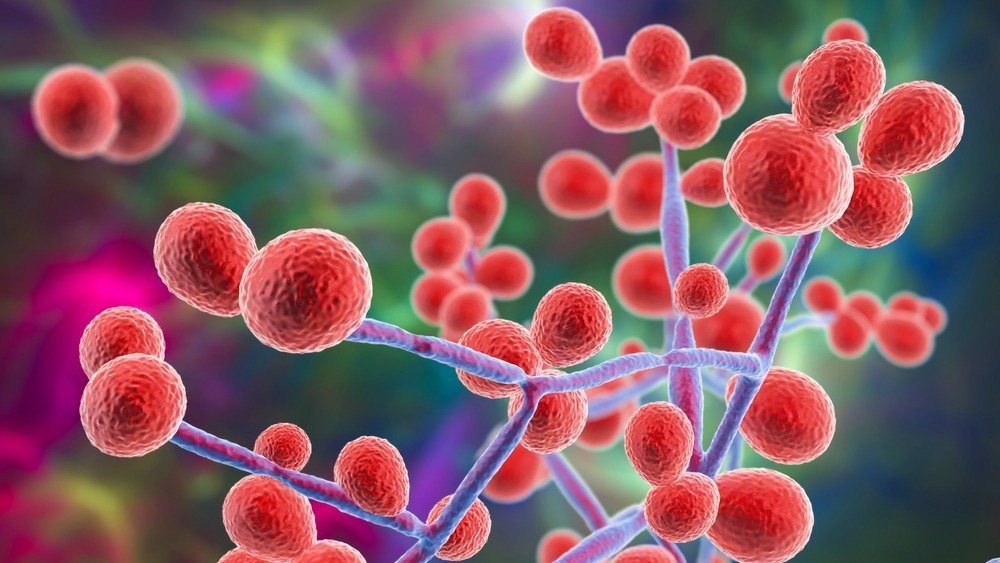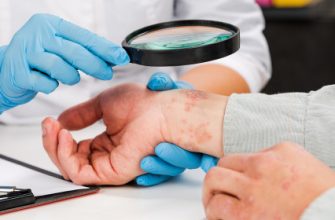A recent study published in the Journal of Clinical Medicine reported growing cases of Candida auris in North Italy.

Background
The spread of C. auris and multidrug-resistant pathogens is a global public health threat exacerbated by the coronavirus disease 2019 (COVID-19) pandemic. The earliest C. auris isolates from nosocomial infection date to 1996 in Korea. The first European case of C. auris infection was detected in 2007 in France. Subsequently, the European Economic Area (EEA) had 620 cases between 2013 and 2017.
Male gender, underlying medical conditions, prematurity, and broad-spectrum antibiotics have been identified as risk factors for C. auris infection. Clinical manifestation depends on the site of infection, and bloodstream infection typically results in sepsis and severe illness. It can cause otitis and wound infections; notably, it can colonize human skin surface asymptomatically and transmit between humans.
The study and its findings
The present study described the geographic, demographic, and temporal characteristics of C. auris infection cases in Italy. They conducted a descriptive analysis of C. auris cases from July 2019 to December 2022. Confirmed cases were infections identified by polymerase chain reaction (PCR) or matrix-assisted laser desorption ionization-time of flight (MALDI-TOF) analysis of clinical samples.
Contact tracing was implemented for hospitalized patients. Demographic, clinical, and microbiological data were reported to the Italian Ministry of Health (MOH). Antifungal susceptibility tests were performed. High-contact surfaces around infected patients were sampled/tested. Overall, 361 cases of C. auris infection, with an average age of 61.8, were recorded in the study period.
Most cases were males (66%). The first case was reported in 2019 in a hospital in the Liguria region. Subsequently, an outbreak of 277 cases unfolded in the region from November 2020 to October 2021. Between November 2021 and December 2022, Liguria had 19 additional cases, while neighboring Piedmont, Emilia-Romagna, and Veneto regions cumulatively reported 64 cases.
The index case (identified in 2019) had no overseas travel or hospitalization history. All subjects were hospitalized, with a majority (79%) requiring intensive care. Nearly 34% of patients presented no C. auris-related symptoms; 103 subjects had COVID-19 or tested positive for severe acute respiratory syndrome coronavirus 2 (SARS-CoV-2). Some cases had neurologic disorders (19%), sepsis (9.4%), and cardiac/respiratory disease (15.2%).
The median time from sampling to diagnosis was 2, 0.1, and 2.5 days for cases in Liguria, Piedmont, and Emilia-Romagna regions, respectively. Patients who succumbed to C. auris infection were mid-age adults. 28 decedents in the Liguria region were admitted to the intensive care unit (ICU), surgery, internal medicine, or emergency ward. All 20 decedents in Piedmont were admitted to ICUs, while in Emilia-Romagna, one was admitted to geriatrics and six to ICUs.
The epi-curve suggested an ongoing epidemic that peaked in December 2020, followed by a smaller peak in September 2022. MALDI-TOF was predominantly used for testing/diagnosis. All isolates, except one, were resistant to at least one antifungal treatment. Environmental surveillance was performed in Liguria and Emilia-Romagna regions; no specimen tested positive.
The infection prevention and control teams implemented health measures to control the spread in each healthcare facility. These included standard precautions, dedicated staff and equipment, single-room isolation, contact precautions, routine screening of close contacts, chlorine-based sanitation and medical device reprocessing, and internal audits.
Conclusions
In summary, the epidemiologic state regarding C. auris is alarming in Northern Italy. Outbreak investigations should be started to identify the potential source(s) and transmission patterns to better characterize the associated fungal strain.
Risk factors for hospitalized cases need to be determined. Expedited case notification to competent authorities could facilitate local/national alerts and shared diagnostic procedures to curb the pathogen’s spread.








